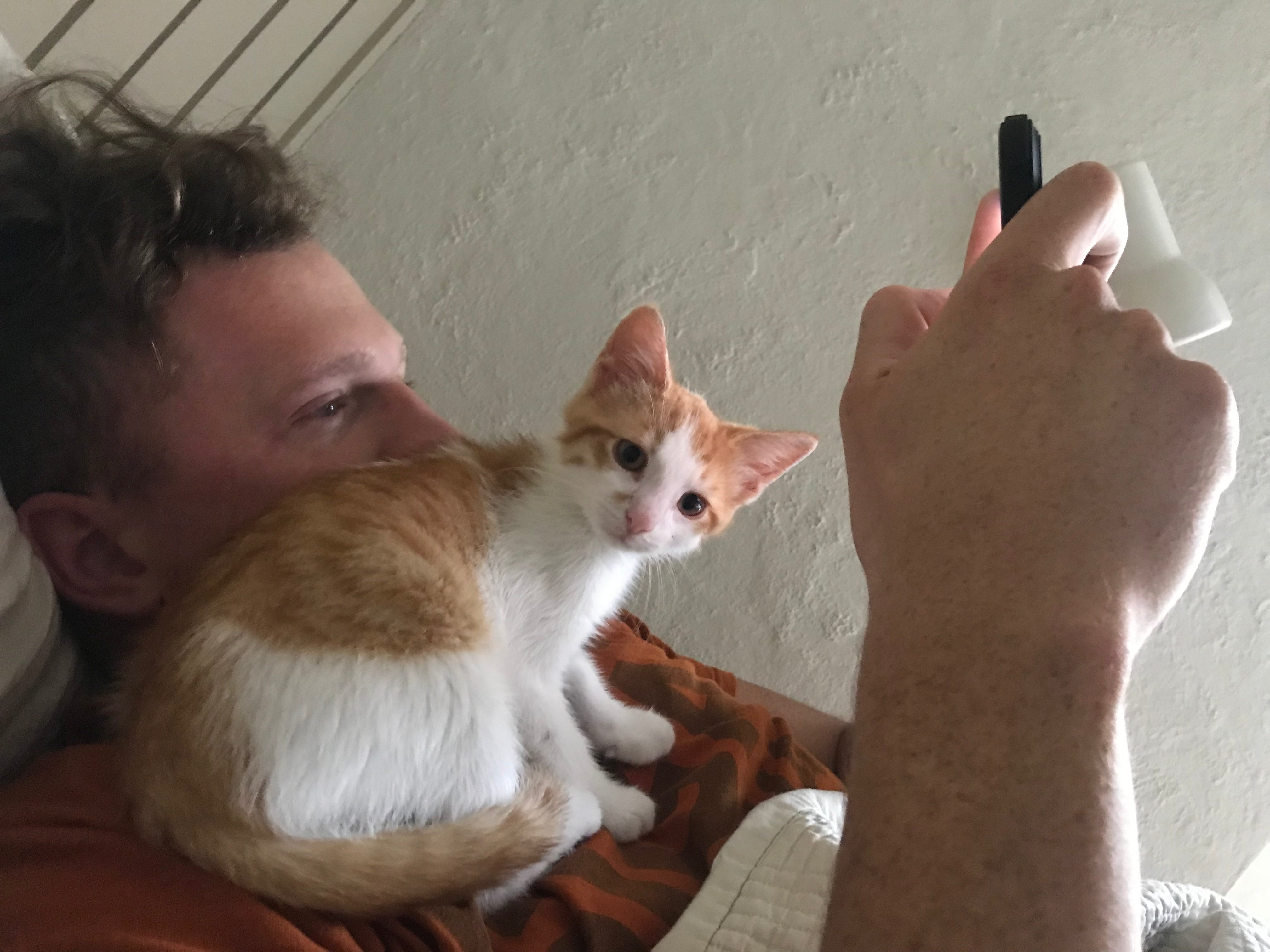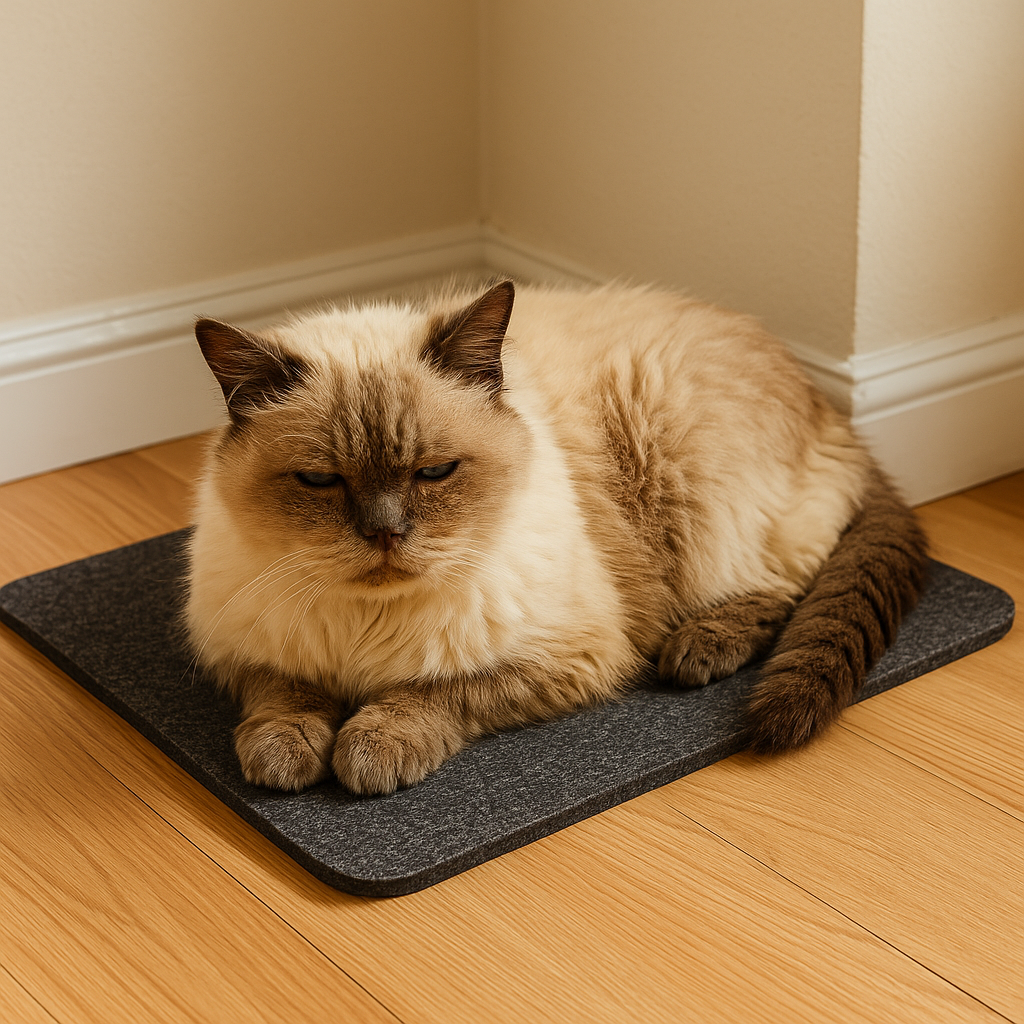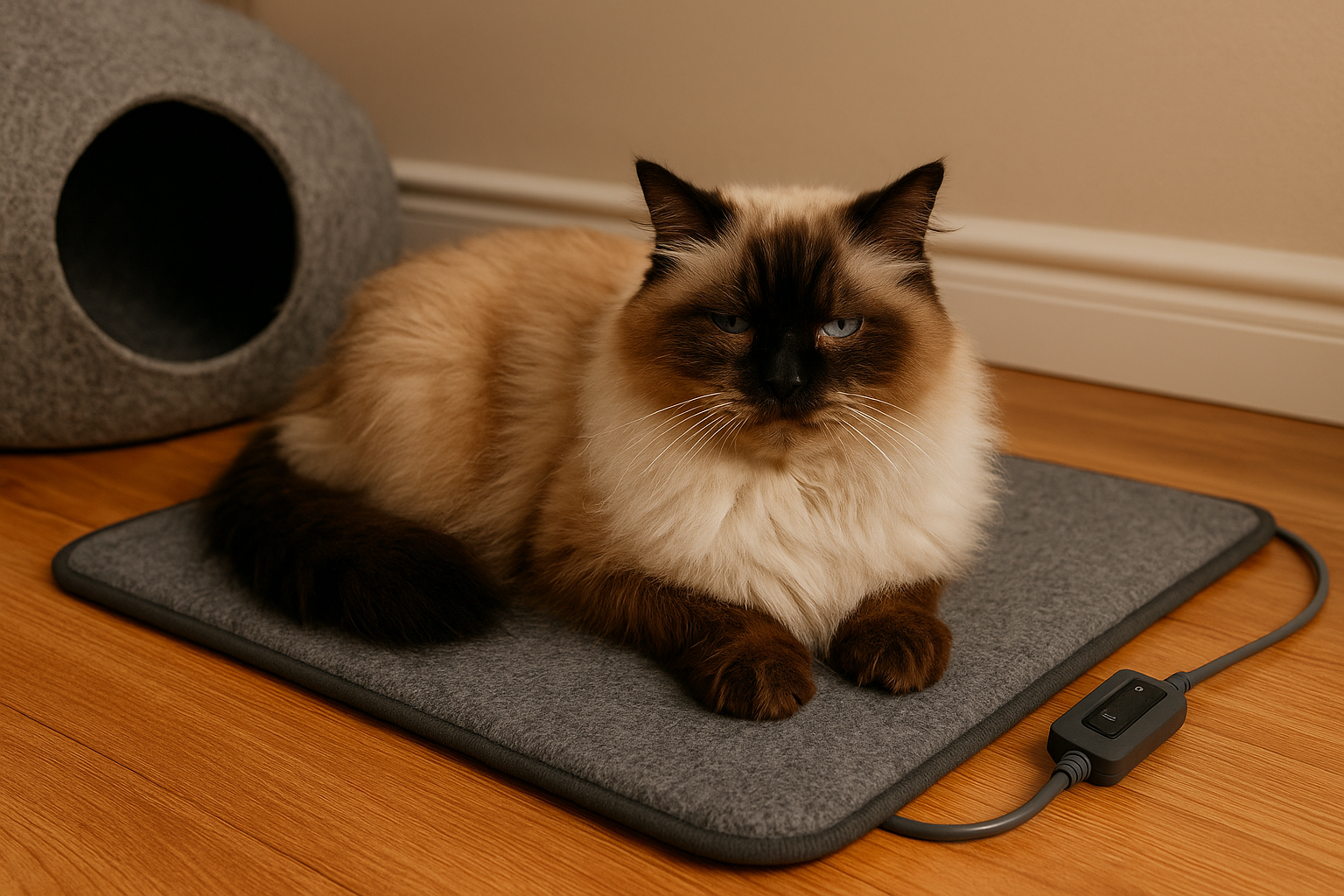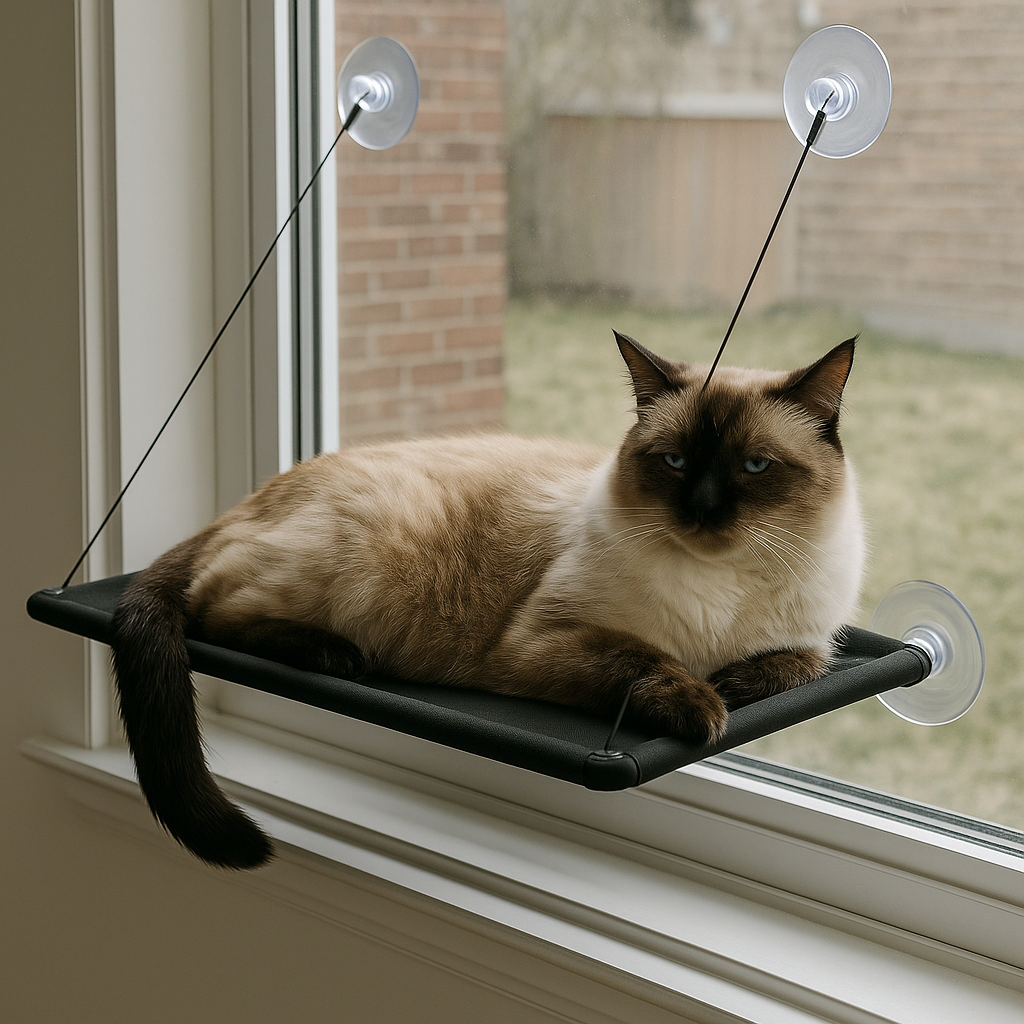Brachycephalic Cats 2025: Health Risks & Care Tips 🐱🐾
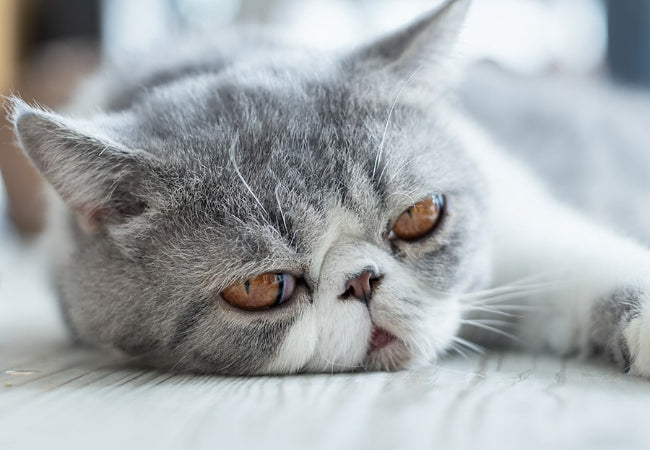
In this article
Brachycephalic Cats 2025: Health Risks & Care Tips 🐱🐾
By Dr. Duncan Houston BVSc
Short-nosed, or brachycephalic, cats—like Persians, Exotic Shorthairs, and Himalayan mixes—are undeniably adorable with their flat faces and large eyes. Their distinctive appearance is the result of selective breeding for aesthetic traits. However, these features come with a set of unique health challenges that potential owners should understand before deciding to bring one into their home.
🔹 Common Medical Conditions
1. Brachycephalic Airway Obstruction Syndrome (BAOS)
Brachycephalic cats are prone to breathing difficulties due to their skull structure. Narrow nostrils, an elongated soft palate, and a small trachea can make respiration challenging. Symptoms may include noisy breathing, snoring, coughing, and exercise intolerance.
2. Dental and Oral Problems
The shortened jaw often leads to overcrowded teeth, which increases the risk of periodontal disease and other dental issues. Cats may experience pain while eating and may require more frequent dental care.
3. Dystocia (Difficulty Giving Birth)
Short-nosed breeds can experience complications during labor due to the larger head size of kittens relative to the mother’s pelvis. Many of these cats require planned caesarian sections to safely deliver kittens.
4. Eye Problems
Prominent eyes and shallow eye sockets make these cats susceptible to tearing, entropion (inward rolling of the eyelids), and exposure keratitis (corneal inflammation). Eye infections and injuries are more common in brachycephalic breeds.
5. Polycystic Kidney Disease (PKD)
Particularly in Persians and related breeds, PKD is a hereditary condition in which multiple cysts form in the kidneys, potentially leading to kidney failure over time.
6. Skin Problems
Facial folds can trap moisture and bacteria, leading to dermatitis and other skin infections. Regular cleaning of the folds is essential to prevent complications.
🔹 Surgical and Treatment Options
-
BAOS Surgery: Procedures may include nostril widening (nares resection), soft palate shortening, or removal of everted laryngeal saccules.
-
Dental Care: Regular check-ups, professional cleanings, and, if necessary, tooth extractions.
-
C-Section for Dystocia: Planned caesarian sections are common to ensure the safety of mother and kittens.
-
Eye Surgeries: Corrective procedures for conditions like entropion.
-
PKD Management: Symptomatic and supportive care including special diets, fluid therapy, and medications. In advanced cases, dialysis or kidney transplant may be considered.
-
Skin Care: Routine cleaning of facial folds and appropriate topical treatments to prevent infections.
🔹 Breeding History and Human Influence
Brachycephalic cats are the result of selective breeding for appearance, emphasizing flat faces and large eyes. Over generations, these traits have been exaggerated, often at the expense of the cat’s overall health. While humans find these features visually appealing, they directly contribute to many of the medical problems these cats face.
🔹 Why They May Not Be the Best Pet Choice
Despite their charm and affectionate personalities, brachycephalic cats can pose significant challenges for owners:
-
Health Risks: Chronic breathing problems, dental disease, eye issues, and PKD are common.
-
Higher Veterinary Costs: Many of the conditions require ongoing veterinary care, surgeries, or treatments.
-
Quality of Life Concerns: Some cats may experience chronic discomfort or limitations due to their anatomy.
-
Ethical Considerations: The health problems are often a direct result of human-selected traits.
Potential owners should carefully consider these factors. Adopting cats from shelters or choosing breeds with fewer genetic and physical issues can be a healthier, more ethical option.
✅ Conclusion
Brachycephalic cats can be loving, affectionate companions, but their unique anatomy often comes with medical challenges and lifelong care needs. Understanding these risks is essential for anyone considering these breeds. Responsible ownership includes regular veterinary check-ups, proactive care, and awareness of the special needs these cats require to live happy, comfortable lives.




